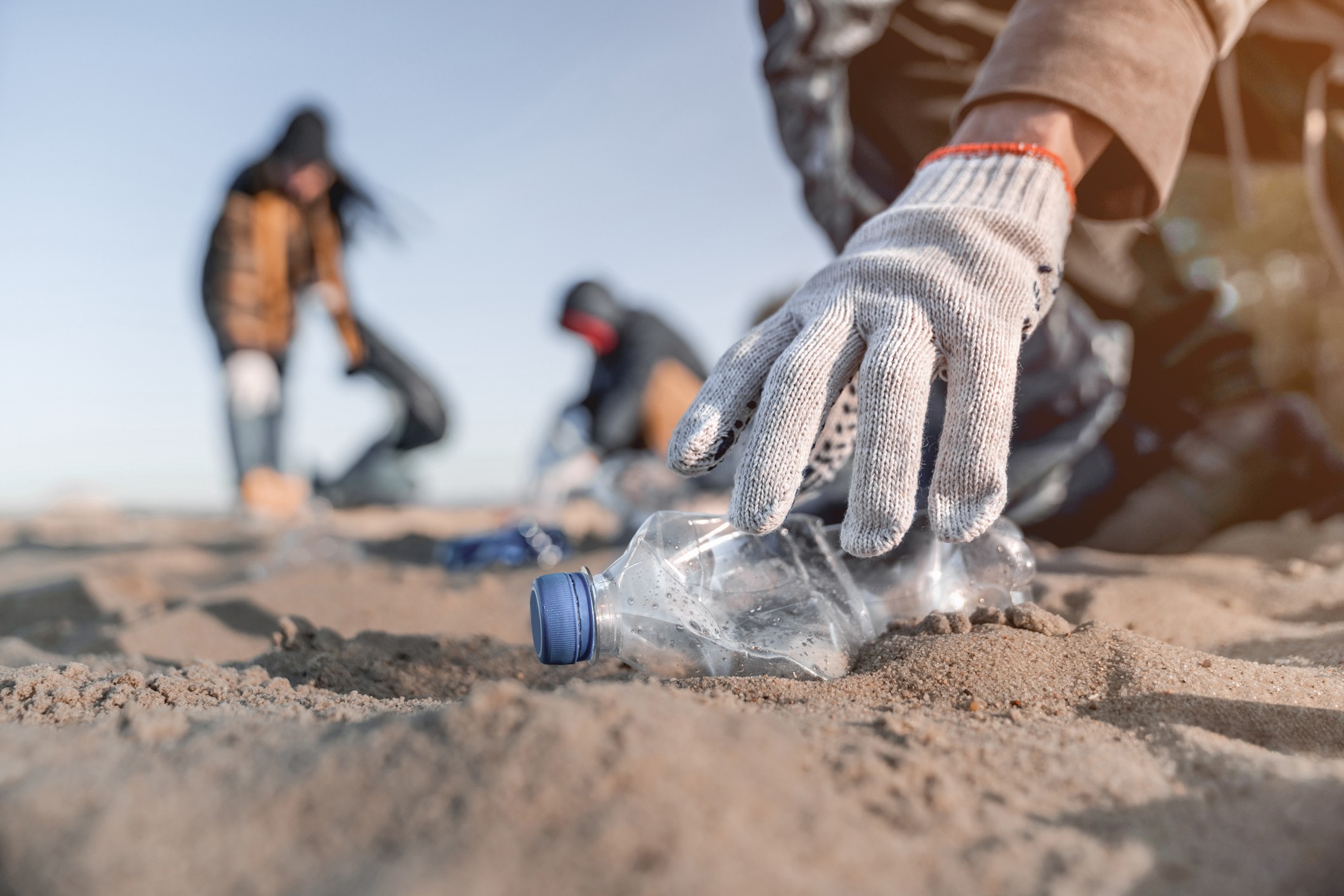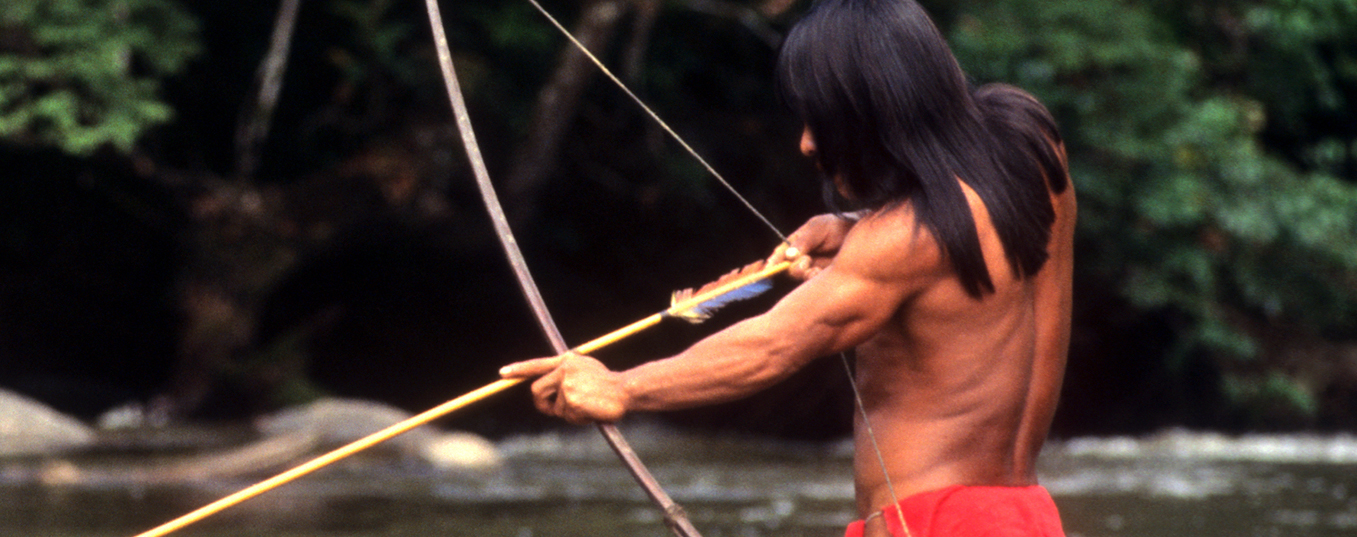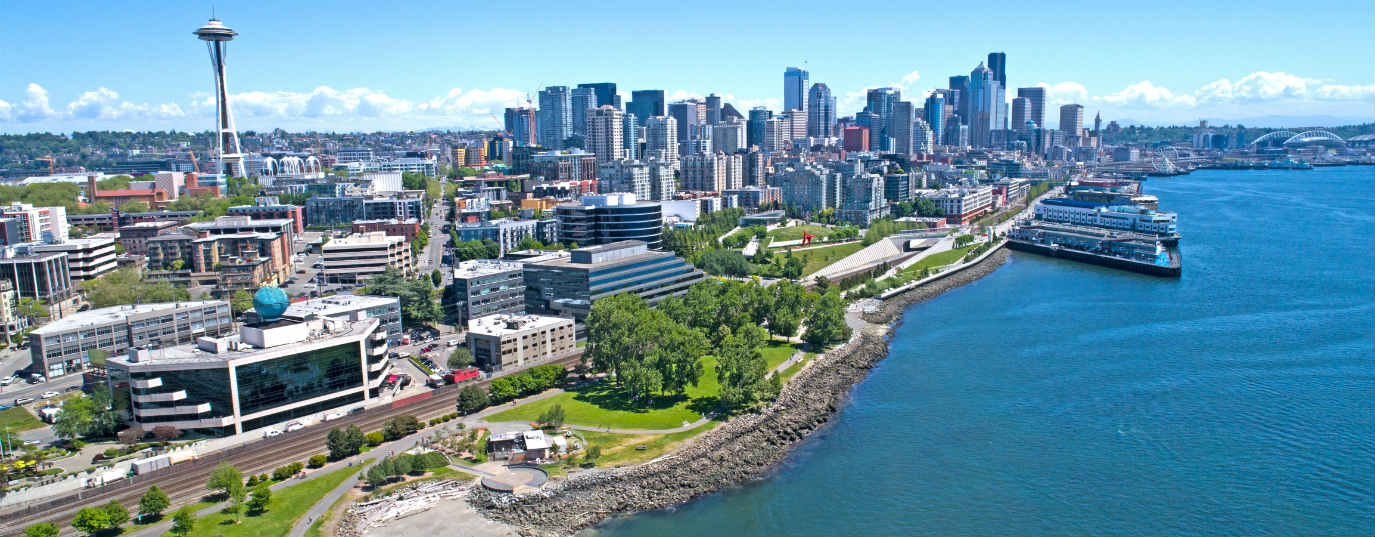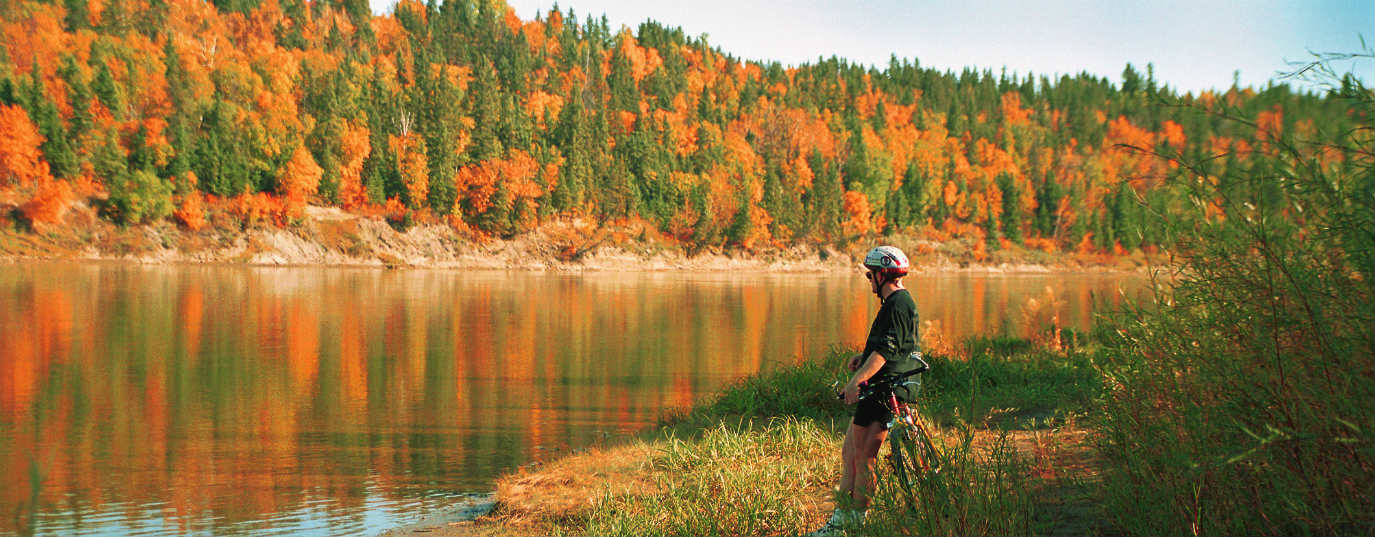Wisdom of indigenous people on how to protect the planet
We have a lot to learn from those who, although only 6% of the global population, protect 80% of the planet’s biodiversity. Below, we discuss the wisdom of indigenous people.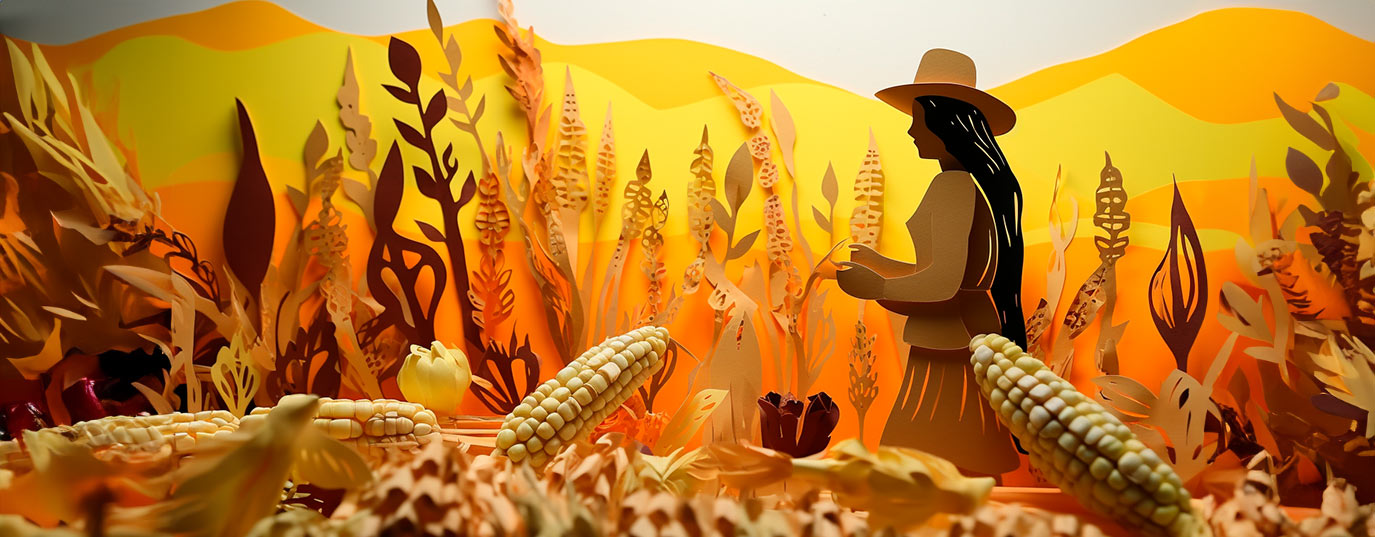
The wisdom of indigenous people is a great source of sustainable knowledge. In their songs, stories and ancestral customs, secrets resonate from their profound and respectful relationship with nature, a connection that has maintained the delicate balance between man and Earth for millennia. As climate change heats the planet, however, nature’s guardians find themselves in the first line of defence, experiencing at first hand the devastating consequences of this global crisis.
What will I learn from this article?
- The vulnerability and resilience of indigenous peoples
- Lessons in sustainability from indigenous peoples
The vulnerability and resilience of indigenous peoples to climate change
According to United Nations estimates, there are 476 million members of indigenous communities in all regions of the planet. Although they constitute just 6.2% of the global population, indigenous peoples manage 22% of land on the planet, making them custodians of around 80% of the world’s biodiversity.
This close relationship with Earth and their dependence on natural resources makes them especially vulnerable to the effects of climate change. And yet, ironically, it is they who have contributed nothing to global warming and most to tackling emissions and helping us adapt to the situation.
“Although they only constitute 6.2% of the global population, indigenous peoples manage 22% of the land on the planet”
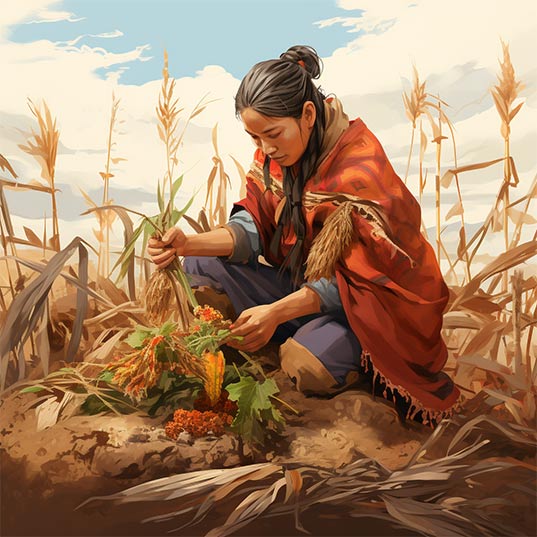 Prolonged droughts, flooding and more violent storms directly affect their means for living. Many of these indigenous peoples depend on agriculture for food, and hunting and fishing, activities endangered by climate change. Conflicts linked to extractive industries, such as deforestation in Amazonia, have only increased their vulnerability.
Prolonged droughts, flooding and more violent storms directly affect their means for living. Many of these indigenous peoples depend on agriculture for food, and hunting and fishing, activities endangered by climate change. Conflicts linked to extractive industries, such as deforestation in Amazonia, have only increased their vulnerability.
These conflicts, often result in the usurping of the indigenous peoples from their ancestral lands and degradation and loss of ecosystems they have protected for millennia. But somehow they continue to survive and prosper, demonstrating an enormous capacity to recover, thanks to wisdom and knowledge acquired over generations.
Although for centuries they have carried out practices that are sustainable and respectful to the environment, they are often excluded or ignored in global discussions about climate change. Moreover, they are also attacked. According to a report by Global Witness, a third of all environment activists murdered worldwide have come from indigenous communities.
Yet their knowledge and experience could be crucial to encountering effective and sustainable solutions. With this in mind, this summer Volker Türk, High Commissioner for Human Rights with the United Nations, highlighted the need to create more representation, such as the Expert Mechanism, so indigenous peoples can participate in the work of the United Nations, including the Human Rights Council, thus ensuring they form part of the decision-making in areas that affect them, through delegates elected using its procedures.
Lessons in sustainability from indigenous peoples
 Biodiversity protection and conservation: according to a report in Spanish newspaper El País, the forests in indigenous territories not only host most biodiversity, but they also capture double the carbon they emit, absorbing around 7.6 billion metric tons of CO2 thanks to health of their vegetation.
Biodiversity protection and conservation: according to a report in Spanish newspaper El País, the forests in indigenous territories not only host most biodiversity, but they also capture double the carbon they emit, absorbing around 7.6 billion metric tons of CO2 thanks to health of their vegetation.- Adaptive, sustainable agriculture: indigenous peoples are able to farm in extreme environments, like the high regions of the Andes or dry pastures of Kenya. As the FAO recognizes, their techniques are very efficient. They cultivate in terraces to avoid soil erosion and in floating allotments to exploit flooded fields. These are strategies that can be copied and adapted in places where the weather is becoming more extreme due to climate change.
- Conserving and restoring natural resources: indigenous peoples have been adapting their lifestyle to integrate with and respect nature for centuries. In mountains, they seek ways of conserving soil, reducing erosion, conserving water and limiting disaster risks. In pastures, they manage the land for large livestock and sustainable agriculture in ways that preserve biodiversity. In Amazonia, the biodiversity of ecosystems improves when they are inhabited by indigenous communities.
It is essential indigenous rights are respected, including the right to participate in decision-making that affects them. The international community should also work to guarantee they can access information and resources needed for adapting to and resisting climate change.
Although indigenous peoples are a minority of the world population, they play a fundamental role in protecting the environment and the fight against climate change. Recognizing and supporting their efforts is crucial for our common future.
Sources:



